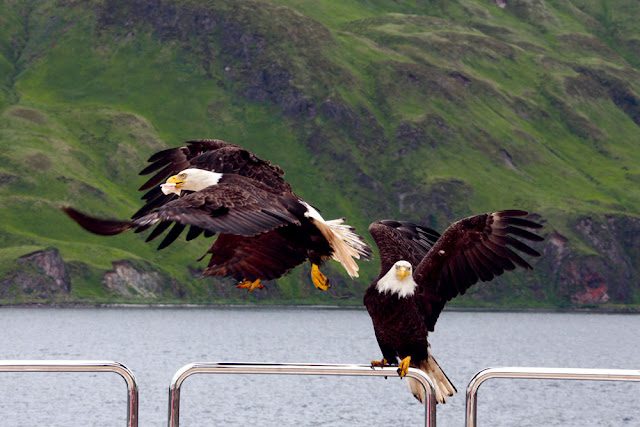Wai-o-Tapu means “sacred waters”,
also spelt Waioyapu is an active geothermal area north of the Reporoa caldera,
in New Zealand's. The geothermal area covers 18 square kilometers. Wai-O-Tapu
Thermal Wonderland is one of the most surreal places on earth so naturally it’s
high on the list of Rotorua’s must-see attractions. The Taupo Volcanic Zone has
dramatic geothermal conditions beneath the earth; the area has several hot
springs noteworthy for their colorful appearance. This is a place to marvel at
nature’s artistic splendor, Wai-O-Tapu Thermal Wonderland is also committed to
providing a safe visitor experience.
There are many hot springs, like Lady
Knox Geyser, Champagne Pool, Artist's Palette, Primrose Terrace and boiling mud
pools. So, by foot, you can view the curated experience naturally forming hot
springs appear around the area. Moreover, earlier to European occupation the
area was the homeland of the Ngati Whaoa tribe who descended from those on the
Arawa waka (canoe). Since 1931, the area has rich history of tourist attraction;
well protected the scenic reserve occupies part of the reserve under a
concession.
It operates under the name "Wai-O-Tapu
Thermal Wonderland crosses Kaingaroa Forest, passes Murupara, and then
continues as an unsealed road through the mountains of Te Urewera, along Lake
Waikaremoana to Wairoa on the border of Hawke Bay. Wai-O-Tapu mud Pools are completely
unforgettable experience was originally the site of a large mud volcano which
was destroyed through erosion in the 1920’s. Moreover, the area in which the
landscape has been sculptured by geothermal activity and where unique volcanic
features can be viewed from well defined tracks.


























































